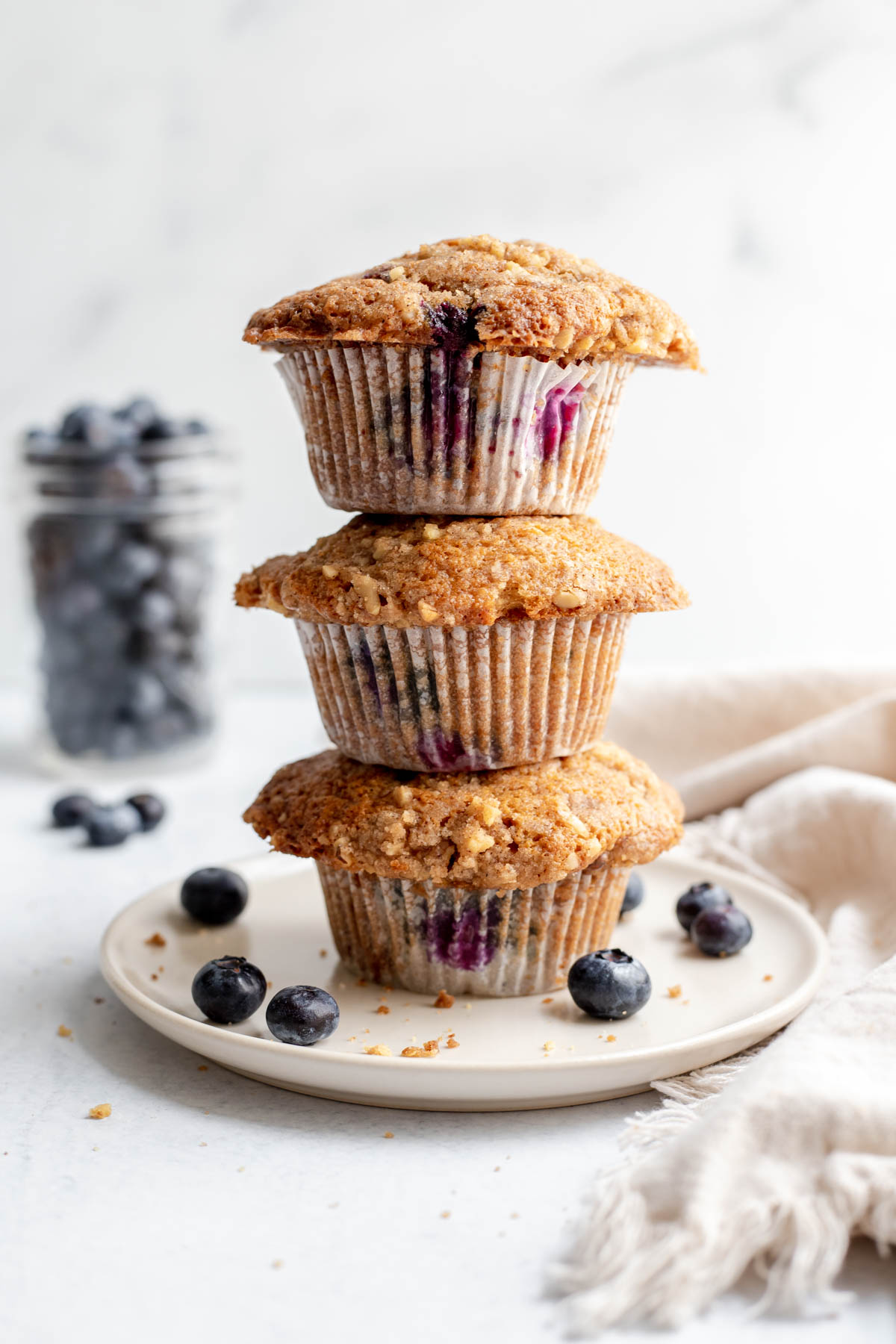Welcome to our comprehensive guide on baking perfect bakery-style blueberry muffins! If you’re dreaming of those oversized, fluffy muffins from your favorite coffee shop—complete with a domed top, tender crumb, and bursts of juicy blueberries—this is your roadmap to success. Bakery-style blueberry muffins elevate the humble breakfast treat into something extraordinary, with a buttery richness, subtle sweetness, and that irresistible crunch from a streusel topping. Perfect for brunches, snacks, or gifting, these muffins come together in under an hour and use simple ingredients you likely have on hand.
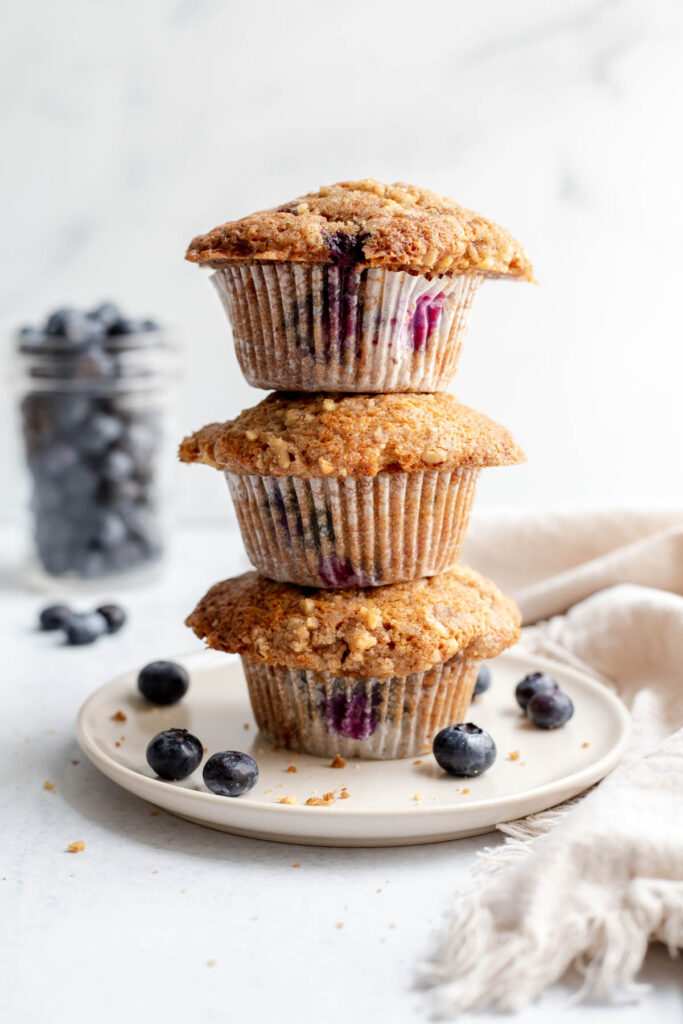
In this SEO-optimized article, we’ll reveal 7 essential secrets to achieving bakery perfection at home. From the fascinating history of blueberry muffins to ingredient breakdowns, a foolproof step-by-step recipe, creative variations, pro tips, storage and serving ideas, nutritional insights, and frequently asked questions, we’ve covered it all. We’ll include internal links to related recipes on our site, like our classic chocolate chip cookies, peanut butter cookies, or no-bake chocolate oatmeal cookies, and external links to trusted sources for further inspiration. Whether you’re a beginner baker or looking to refine your skills, this guide will help you create muffins that rival any bakery display case.
Bakery-style muffins stand out for their height, texture, and flavor balance—achieved through techniques like high-heat baking and careful mixing. Let’s dive into the secrets and get your oven preheating!
Secret 1: The Rich History of Blueberry Muffins
The blueberry muffin, a staple in American bakeries, has a history as vibrant and layered as its berry-filled crumb. While the exact origin is debated, its roots trace back to Europe, where ancient berries like bilberries were used in baked goods for centuries. Bilberries, small wild berries similar to blueberries, appeared in muffins and other pastries across the continent, providing a tart contrast to sweet doughs. When European settlers arrived in North America in the 17th century, they encountered native wild blueberries, which Native Americans had long used for food, medicine, and dyes. Tribes like the Wabanaki in the Northeast incorporated blueberries into pemmican and other preserved foods, but it wasn’t until the 19th century that blueberries entered mainstream baking.
The modern muffin evolved from English “quick breads” in the 18th century, which were flat, griddle-cooked discs. By the early 1800s in America, chemical leaveners like pearl ash (an early form of baking soda) transformed muffins into the risen, baked treats we know today. Blueberry muffins likely emerged in the mid-1800s, as commercial baking powder became available in 1857, allowing for fluffier textures. Early recipes from the 1890s, such as those in Fannie Farmer’s Boston Cooking-School Cook Book, featured berries in muffin batter, often with a simple dough-like consistency.
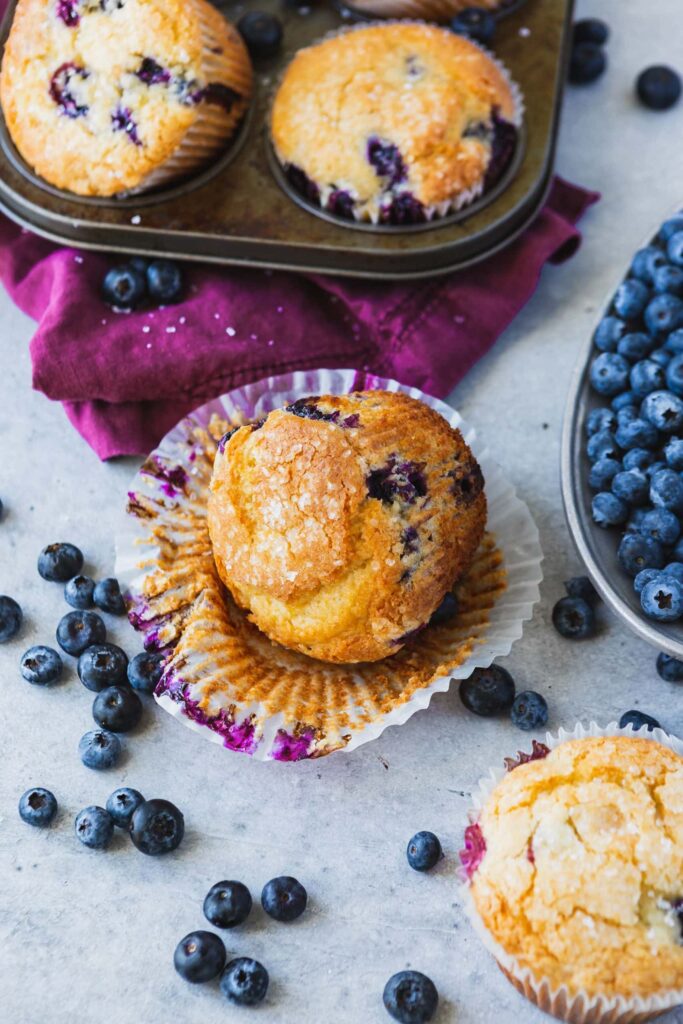
The 20th century saw blueberry muffins gain iconic status, particularly through department stores and hotels. In Boston, Jordan Marsh department store’s bakery became legendary for its blueberry muffins in the 1950s and 1960s. The recipe, rich with butter and sugar, was attributed to baker Arnold Gitlin, who adapted it from his time at the Ritz-Carlton. When published in The New York Times in 1985, it sparked a baking frenzy, cementing the muffin’s place in New England lore. Meanwhile, in Minnesota, sixth-graders lobbied in 1988 to make the blueberry muffin the state muffin, highlighting the berry’s economic importance—wild blueberries thrive in the north, cultivated ones in the south.
Cultivation advancements in the early 1900s by botanist Frederick Coville and farmer Elizabeth White made highbush blueberries commercially viable, leading to widespread availability by the 1920s. This boosted their use in baked goods, with recipes appearing in Betty Crocker cookbooks and beyond. Today, blueberry muffins symbolize comfort and seasonality, celebrated on National Blueberry Muffin Day (July 11). For more on American baking evolution, check our history of American desserts. Externally, Back Then History offers a detailed timeline.
This history shows how a wild berry became a bakery star, blending tradition with innovation. If you enjoy berry-infused bakes, try our healthy smoothie recipes for a fruity twist.
Secret 2: Essential Ingredients for Bakery-Style Blueberry Muffins
Achieving that coveted bakery-style texture—tall domes, moist crumb, and berry bursts—starts with quality ingredients. Bakery muffins often use more fat and sugar for richness, plus leaveners for lift. Here’s a breakdown of the essentials, their roles, and selection tips, based on proven recipes.
- Flour: All-purpose flour (2 cups) provides structure with its moderate gluten content. For extra tenderness, some bakers mix in cake flour. Measure by spooning and leveling to avoid dense muffins.
- Sugar: Granulated sugar (1 cup) sweetens and aids browning. Brown sugar (1/4-1/2 cup) adds moisture and a caramel note. Coarse sparkling sugar tops for crunch.
- Leaveners: Baking powder (1 tbsp) and baking soda (1/2 tsp) create rise. Freshness is key—replace every 6 months. Double-acting powder ensures lift during baking.
- Salt: A teaspoon balances flavors, enhancing berry tartness.
- Eggs: Two large eggs bind and add richness. Room-temperature for better emulsion.
- Dairy: Buttermilk or sour cream (1 cup) tenderizes with acidity, reacting with leaveners for fluffiness. Whole milk works but yields denser results.
- Fat: Melted butter or oil (1/2 cup) for moisture. Butter imparts flavor; oil keeps them softer longer.
- Vanilla Extract: 1-2 teaspoons for warmth. Almond extract (1/2 tsp) complements berries.
- Blueberries: 1 1/2-2 cups fresh or frozen. Toss in flour to prevent sinking. Wild blueberries offer intense flavor; cultivated are juicier.
- Streusel Topping: Optional but iconic—mix flour (1/2 cup), sugar (1/2 cup), butter (1/4 cup), and cinnamon for crunch.
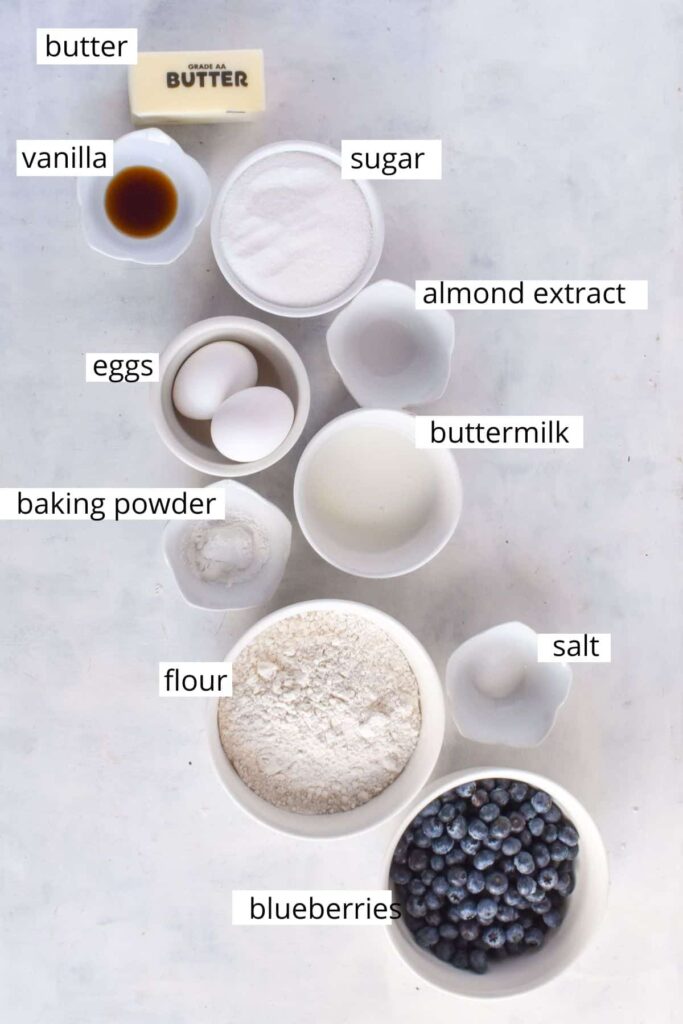
A standard recipe: 2 cups flour, 1 tbsp baking powder, 1/2 tsp salt, 1 cup sugar, 2 eggs, 1 cup buttermilk, 1/2 cup oil, 1 tsp vanilla, 1 1/2 cups blueberries. For premium options, source from King Arthur Baking. Fresh berries shine, but frozen (unthawed) prevent bleeding.
Understanding these allows tweaks—like adding lemon zest for brightness. For dairy-free, use almond milk and oil.
Secret 3: Mastering the Bakery-Style Blueberry Muffin Recipe
Now, the hands-on part: this bakery-style blueberry muffin recipe yields 12 oversized muffins with domed tops and berry-packed interiors. Adapted from top sources, it uses a high-heat start for rise and minimal mixing for tenderness.
Prep Time: 15 minutes | Bake Time: 20-25 minutes | Total Time: 40 minutes | Yield: 12 muffins
Ingredients:
- 2 cups all-purpose flour
- 1 cup granulated sugar (plus 2 tbsp for topping)
- 1 tbsp baking powder
- 1/2 tsp baking soda
- 1/2 tsp salt
- 2 large eggs, room temperature
- 1 cup buttermilk or sour cream
- 1/2 cup unsalted butter, melted (or vegetable oil)
- 1 tsp vanilla extract
- 1 1/2 cups fresh or frozen blueberries
- Optional Streusel: 1/2 cup flour, 1/2 cup sugar, 1/4 cup cold butter, 1 tsp cinnamon
Instructions:
- Preheat Oven: Set to 425°F (220°C). Line a 12-cup muffin tin with liners or grease well. High heat creates steam for tall domes.
- Mix Dry Ingredients: In a large bowl, whisk flour, sugar, baking powder, soda, and salt.
- Combine Wet Ingredients: In another bowl, beat eggs, buttermilk, melted butter, and vanilla until smooth.
- Fold Together: Pour wet into dry; stir gently until just combined—lumps are okay. Overmixing toughens muffins.
- Add Blueberries: Toss berries in 1 tbsp flour; fold in carefully to avoid bursting.
- Fill and Top: Scoop batter into tins, filling to the top. Sprinkle with sugar or streusel.
- Bake: 5 minutes at 425°F, then reduce to 375°F (190°C) for 15-20 minutes, until golden and toothpick-clean.
- Cool: 5 minutes in tin, then wire rack.
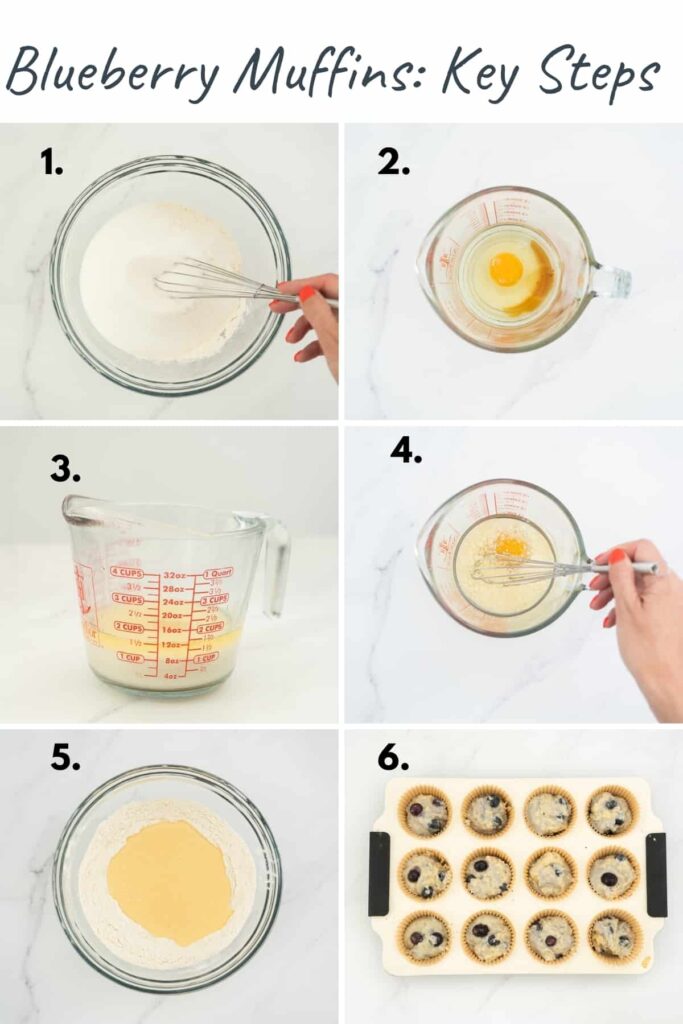
For visuals, see this YouTube guide. Rest batter 15-30 minutes for better rise.
This method ensures bakery flair—try with our beef stew recipe for a savory balance.
Secret 4: Delicious Variations to Try
Once mastered, experiment with these variations to keep your bakery-style blueberry muffins fresh and exciting.
- Lemon Blueberry: Add zest and juice of 1 lemon for tang. Glaze with powdered sugar and lemon juice.
- Streusel Topped: Crumble topping adds crunch—mix as above.
- Mixed Berry: Swap half blueberries for raspberries or strawberries.
- Gluten-Free: Use 1:1 gluten-free flour; add xanthan gum if needed.
- Vegan: Replace eggs with flax eggs, dairy with almond milk and oil.
- Nutty: Fold in chopped walnuts or almonds for texture.
- Mini Muffins: Bake in mini tins for 10-15 minutes—perfect for parties.
For more, see Sally’s Baking Addiction. These maintain the bakery essence while suiting diets.
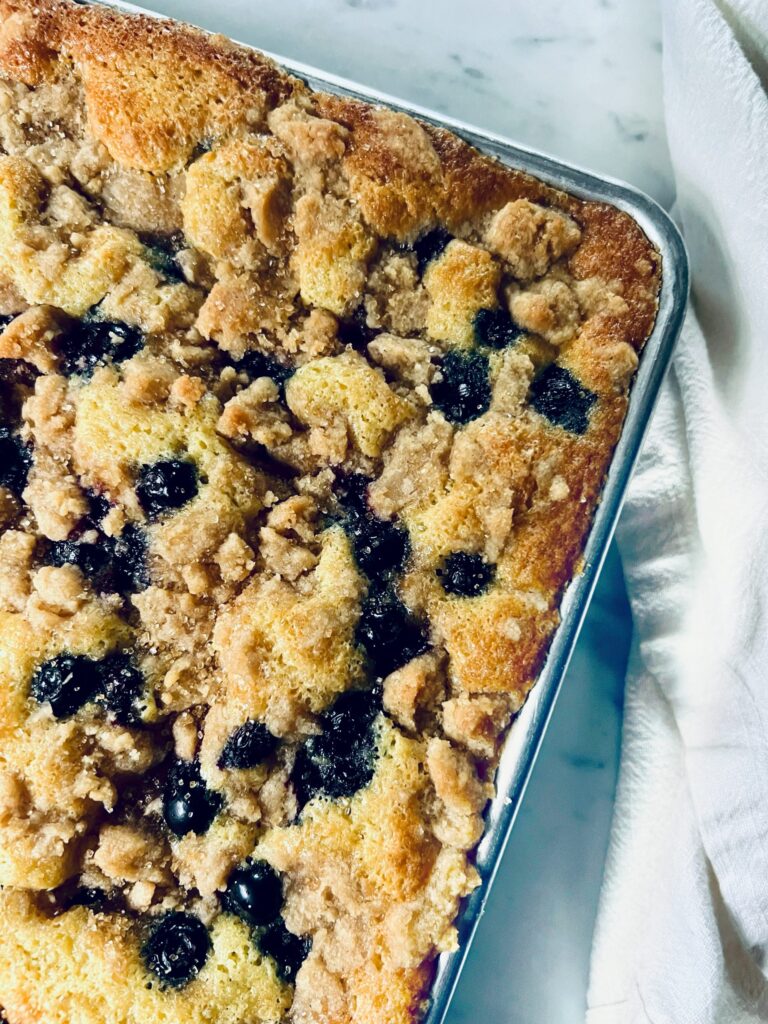
Secret 5: Pro Tips for Bakery-Quality Muffins
Elevate your bakes with these expert tips:
- Room-Temp Ingredients: Ensure even mixing and rise.
- Don’t Overmix: Stop at 10-15 strokes to keep tender.
- Berry Coating: Flour prevents sinking and bleeding.
- High Heat Start: 425°F for 5 minutes creates domes.
- Rest Batter: 15-30 minutes hydrates flour for fluffiness.
- Fill Full: Overfill cups for oversized tops.
- Fresh Berries: Frozen work; no thaw needed.
Avoid common issues like flat tops (old leaveners) or dryness (overbaking).
Secret 6: Storage and Serving Suggestions
Store cooled muffins in an airtight container at room temp for 2 days, fridge for 5, or freeze for 3 months. Reheat at 350°F for 5 minutes.
Serve warm with butter, alongside coffee, or in baskets. Pair with yogurt for breakfast or ice cream for dessert.
Secret 7: Nutritional Information and Healthier Twists
Per muffin: ~250 calories, 10g fat (5g saturated), 35g carbs (1g fiber, 20g sugar), 4g protein. Berries add antioxidants.
Healthier: Reduce sugar to 3/4 cup, use whole wheat flour, or add oats for fiber. Enjoy moderately!
